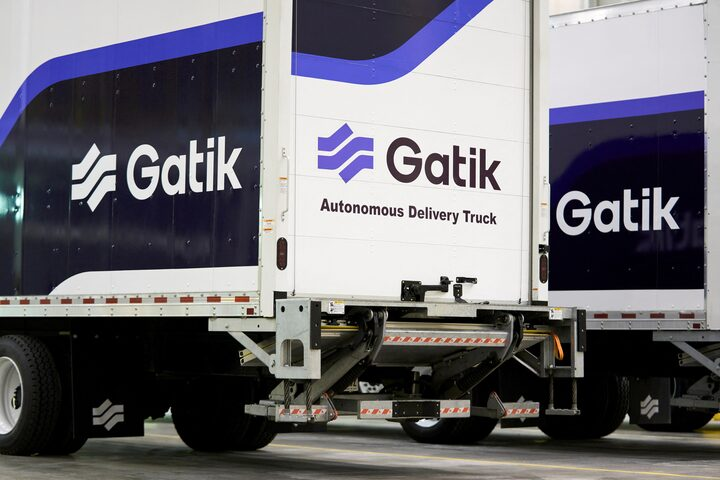Latin-America: discounters have more than 4,800 stores in the region
- DRC Discount Retail Consulting GmbH

- Sep 28, 2020
- 4 min read
Discount Retail Chains were born in Western-Europe, more precisely in Germany with brands like Aldi and Lidl. After their foray into the retail business, multiple other grocery discount formats were initiated (e.g. Plus, Penny, Biedronka, Eurospin, MD, Netto, Todis, Tokmanni, Leaderprice) and registered their greatest expansion between the 90s and the early 2000s in Western Europe.
After the big boom that discounters registered in Western-Europe, the format arrived in Latin America during the last decade. Despite the fact that only 10 years have passed since this idea that broke the way of shopping in the region, its success is indisputable, since there are more than 4,800 stores of this type in Latin America today, according to information from Nielsen.
When analyzing which are the countries in the region where there is a greater presence of discount stores, it is evident that Colombia is ahead with 2,550 stores from three different companies: D1, Justo y Bueno and Ara. After the local market there are Argentina with 990 Dai stores, Brazil with 880 Dai stores, Peru with 450 Mass stores and Tutti stores, according to Nielsen data.
The rise of discounters is clear in the region. However, Giovanna Márquez, Nielsen's vertical director of retail for Latin America, highlighted that "Colombia and Peru are the countries in the region where the discount format is clearly present."
The Contrasts
Giovanna Márquez Vertical Director of Retail at Nielsen for Latin America mentioned “the neighborhood stores continue to be the most important channel in the region, less so in Chile, where the modern channel weighs more. Latin America is strong in this channel due to the size of its middle and lower class.”
The number of stores in Colombia is a sign that this market is attractive for discounters. According to Fernando González, president of D1, “the trend of local discount models is not exclusive to Colombia. It is a worldwide trend. Although it is true that in Colombia, compared to the rest of Latin American countries, it has a greater number of operators and its impact on the market is greater than in the rest of the countries.”
The favoring of the impact of discount stores is due to urban planning in Colombia, which is based on proximity rather than attraction. This favors penetration, said González, who also assured that “the market share of the discount channel in Latin America is around 7.2%, while Colombia closes the year with a participation in households of over 20%, according to a report of Kantar World Panel.”
Another factor that draws attention when analyzing how discounters have fared in the region is that, for example, the three chains that are present in the local market have 11% of consumption in Colombia. This draws the attention of experts, since it is a young format in relation to others in the country.
Despite the boom that discounters have had at the regional level, “these formats are a version 1.0, where their main value promise is low prices. We have seen in Europe that these types of stores were born in Europe with that idea, but over time they have developed to such an extent that they offer consumers an experience ”, said Márquez.
The Colombian retail business, in addition to showing good performances for discount formats, is also attractive to retail business in general, thanks to sociodemographic factors and its economic performance, according to a study by the US commercial real estate services company Jones Lang LaSalle (JLL).
According to the report published by the company, “Colombia has a low commercial penetration rate, which represents an opportunity for the sector, hand in hand with the sustained growth of its middle class (16.3% in 2002 vs. 30, 9% in 2017), the concentration of population in urban centers, the advances in connectivity and logistics efficiency and the historical macroeconomic stability.”
Colombia is not the only attractive country to invest in the region, since Cash and Carry models and hypermarkets are focused on increasing their presence in Brazil, Argentina and Mexico, where, according to a recent analysis by Kantar World Panel, it concluded that the formats that grow the most in Latin America are e-commerce (203%), wholesalers (13%) and pharmacies (12%). Next to the other channels such as hypermarkets (8%), traditional (6%), discounters (5%) and supermarkets (5%) also showed interesting growth last year compared to the behavior they reported in 2018, according to Kantar.
The countries that register the highest consumption in the retail sector
According to Nielsen, Brazil and Mexico are the Latin American countries that register the highest consumption in retail. According to Márquez, this is because trade is a reflection of the GDP of each country, so both nations, being the largest in the region, are those with the highest consumption. In addition to the above, the expert pointed out that the neighborhood store continues to be the most important channel at the regional level, less so in Chile. Latin America is strong in this channel due to the size of its middle and lower class.





Comments